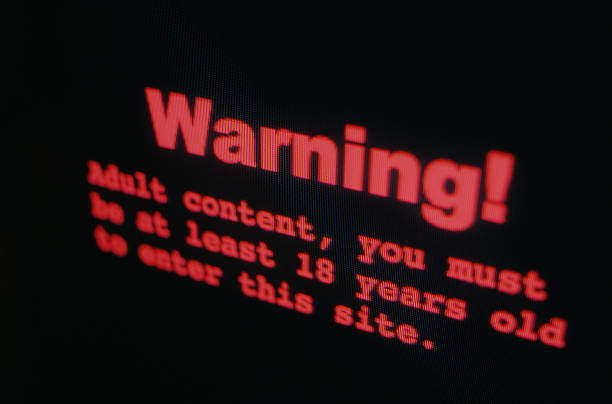
Pornography, or ‘porn’ as it is more commonly referred to, is defined as ‘the depiction of erotic behaviour (as in pictures or writing) intended to cause sexual excitement.’ That being said, one may argue a simulated sex scene in a film could be described as pornography, or perhaps even a lingerie or underwear photo on Instagram.
Modern-day society has an indubitably higher tolerance for media of sexual content than we once did, meaning accessibility to images and videos of explicit content is at an all-time high.
With over 71% of the world’s youth (aged 15-24) having internet access, they are all but blind to this influx of pornography. It truly is everywhere, with many finding this out without actively seeking sexual content.
With pornographic pop-up advertisements appearing on pirate movie sites, and sexually explicit spam emails, it is almost inevitable that every teen should encounter pornography of some kind, so, how does a parent address it?
Firstly, the viewing of pornography should never be an author of shame for a young person due to its normalisation, particularly among young boys. However, they should be warned of its dangers at an age at which they’re old enough to understand, yet young enough for it not to be too late, about thirteen years of age in my opinion.
They must be aware of the unrealistic nature of porn, of how real sex with real people simply doesn’t look like that.
Porn doesn’t encourage safe, protected sex among two consenting, caring partners, but instead reiterates misogynistic double standards, of men being forward sexually and women simply being willing. It teaches people that a man can inflict sexual acts upon a woman, and she will moan in pleasure regardless of what it is.
A 2010 study that analysed the most popular pornographic videos at the time found that 88% of videos contained forms of physical aggression, with the perpetrator usually being male and the victim being female.
People who watch pornography on a regular basis are more likely to engage in behaviours of spanking, choking, or hair-pulling than those who don’t, and this is almost always directed at women because the women they see in porn are ever-willing and submissive to the man which they’re having intercourse with.
Depictions of LGBTQ sex are often wholly inaccurate also, with lesbian porn being made with straight men in mind instead of gay women!
Moreover, pornography is highly addictive and akin to other addictions, one’s tolerance becomes higher and higher.
While it may seem like a stretch, the serial killer Ted Bundy attributed his need to kill his victims due to his viewing of pornography in some of his final interviews.
He said, “like an addiction, you keep craving something harder, which gives you a greater sense of excitement until you reach a point where the pornography only goes so far.”
We should be careful of vulnerable children and teenagers, who can easily fall down the pornography addiction rabbit hole, who may begin watching what is deemed as ‘ordinary’ porn, and then be forced to move onto hardcore videos in order to extract any pleasure from them.
This article is not intended to demonise sex, or sex work of any kind, but rather to show the tip of the insidious iceberg that is the reality of long-term porn consumption.
Ethical pornography can be consumed also, such as feminist porn, but this should still be watched with great caution, and not by those underaged if it can be avoided.
Ignoring the fact that pornography is readily-available for young people does not help to break the stigma surrounding adolescents budding sexual curiosity. Communication of accurate information on the topic is essential.
Carla Reilly
Image credit: Getty Images



